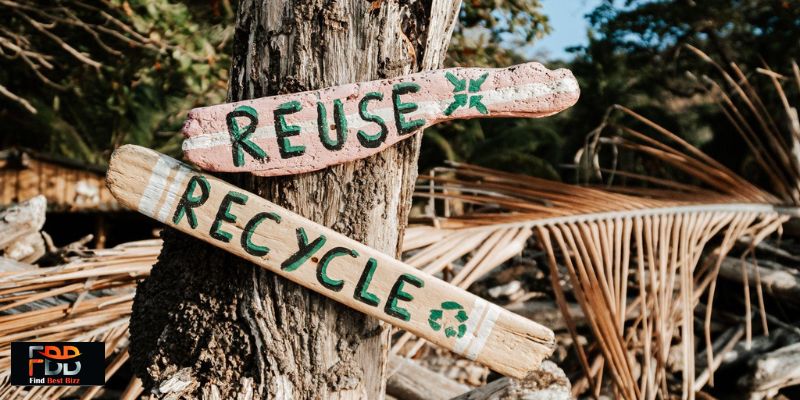Overview
A circular economy is a system that aims to eliminate waste and keep resources in use for as long as possible. It is based on three principles: reduce, reuse, and recycle. A circular economy can help businesses save costs, increase efficiency, create new revenue streams, and improve their environmental and social impact.
What to do
To implement a circular economy model that promotes extended producer responsibility in your business and reduces waste generation:
- Assess your current situation and identify the sources, types, and amounts of waste your business generates. You can use tools such as material flow analysis (MFA) or waste audit to collect and
- Analyze data on your resource flows and waste streams.
- Set your goals and targets for waste reduction and circularity. You can use frameworks like the circularity gap report or the circularity indicators to measure and monitor your progress. You can also align your goals with the regulations and standards on waste management and circular economy in your industry and market.
- Design your products and services to minimize waste and maximize resource efficiency. You can use strategies such as eco-design, modular design, or design for disassembly to make your products more durable, repairable, reusable, or recyclable. You can also offer product-service systems (PSS) that provide a function or solution rather than a product, such as leasing, renting, or sharing.
- Optimize your production and consumption processes to reduce waste and increase resource recovery. You can use lean manufacturing, green chemistry, or industrial symbiosis techniques to eliminate or minimize waste generation, energy consumption, or emissions. To manage your waste streams, you can also implement waste hierarchy practices such as prevention, reuse, recycling, recovery, or disposal.
- Fulfil your EPR obligations (For example for packaging, electronic equipment and batteries)
- Collaborate with other actors in the value chain that implement and enforce EPR standards, such as suppliers, customers, or partners, to create a closed-loop system that keeps resources in circulation.
- You can establish long-term relationships, contracts, or agreements that define the roles and responsibilities of each actor for resource ownership, transfer, or stewardship. You can also create platforms or networks that facilitate the exchange of information, materials, or services among the actors.
- Communicate your circular economy efforts and achievements to your stakeholders, such as employees, investors, regulators, or NGOs. You can use transparent and credible methods and indicators to report your environmental performance and impact. You clan also seek external verification or certification from reputable organizations or standards that validate your circular economy practices.
By following these steps, any aspiring business owner may implement a circular economy business model and reduce waste generation. This can help you create value for yourself and society while protecting the environment.
Conclusion
Thus, following the steps and strategies outlined in this article, promoting a circular economy model in your business can help reduce waste generation and create value for yourself and society. These steps outline how to design your products and services to minimize environmental impacts and maximize resource efficiency while optimizing production and consumption processes to recover and reuse resources.
Moreover, you can collaborate with other actors in the value chain to create a closed-loop system that keeps resources in circulation. Finally, you can communicate your circular economy efforts and achievements to your stakeholders and seek external verification or certification that will help you improve your environmental and social impact while enhancing your competitive advantage.
